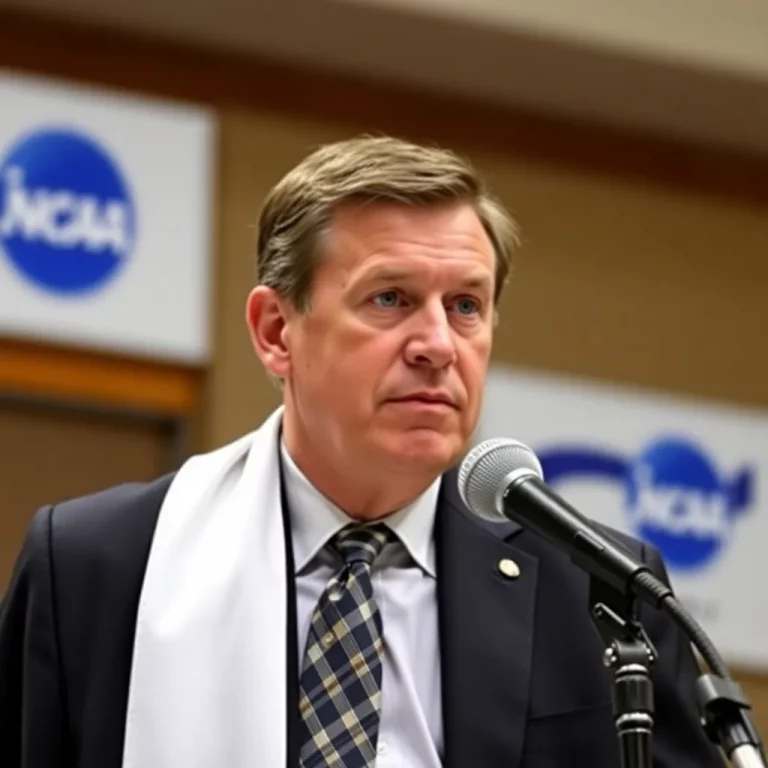On Wednesday in San Francisco, Judge Claudia Wilken of the United States District Court for the Northern District of California set a crucial deadline in the ongoing House v. NCAA legal case. Wilken instructed the defendants that they must find common ground on how to gradually roll out new roster size limits within 14 days, or the historic settlement could be at risk of rejection.
One of the major points Wilken emphasized is the need for current athletes to be “grandfathered in”, allowing them to stay on team rosters until their eligibility period ends. This provision could potentially enable schools to exceed the new roster limitations, which include unlimited scholarships. Without this provision, nearly 5,000 athletes across NCAA’s 43 sponsored sports could find themselves without a team.
Wilken had originally raised concerns about these roster limits back when she first approved the case’s preliminary terms on April 7. NCAA attorney Rakesh Kilaru voiced his disagreement but agreed to collaborate with the plaintiffs’ attorneys to devise a solution.
Following Wilken’s additional deadline, the NCAA and five power conferences released a statement saying, “We are closely reviewing Judge Wilken’s order.” They continued, saying their aim is to get the settlement approved so they can provide more opportunities to student-athletes while ensuring stability and fairness in collegiate athletics.
Under the proposed settlement, football teams will see their rosters shrink to 105 players, leading schools to potentially cut numbers by 20 or more—some have even started this process ahead of the final approval. The overall financial aspect of the settlement is estimated at $2.8 billion, setting the groundwork for schools to begin paying players millions starting July 1.
The settlement involves capping revenue-sharing formulas at $20.5 million per school, increasing by 4% yearly over a 10-year period. Wilken’s approval will also activate $2.8 billion in back payments for student-athletes who competed between 2016 and 2024.
The class-action suit was initiated back in 2020, led by Arizona State swimmer Grant House and women’s basketball player Sedona Prince, addressing revenue-sharing issues within the NCAA and the Power Five conferences.
Once approved, this landmark settlement will resolve three crucial antitrust lawsuits against the NCAA. Future revenue-sharing models are expected to mirror the back-payment terms, allocating 75% of future revenue to football players, followed by 15% for men’s basketball and 5% for both women’s basketball and all other sports.
In addition, concerns around Title IX and potential lawsuits may continue even after the settlement’s approval, focusing on individual schools rather than the NCAA as a whole. As schools begin to manage their share of revenue, we might see athletes suing for equitable compensation based on their school’s formula.
As the NCAA looks to navigate this landscape, they are also expected to approach Congress once more for legislation that would shield them from ongoing antitrust litigation. Key discussions are scheduled next week that could influence the future of college sports and how these new regulations will be enforced.



